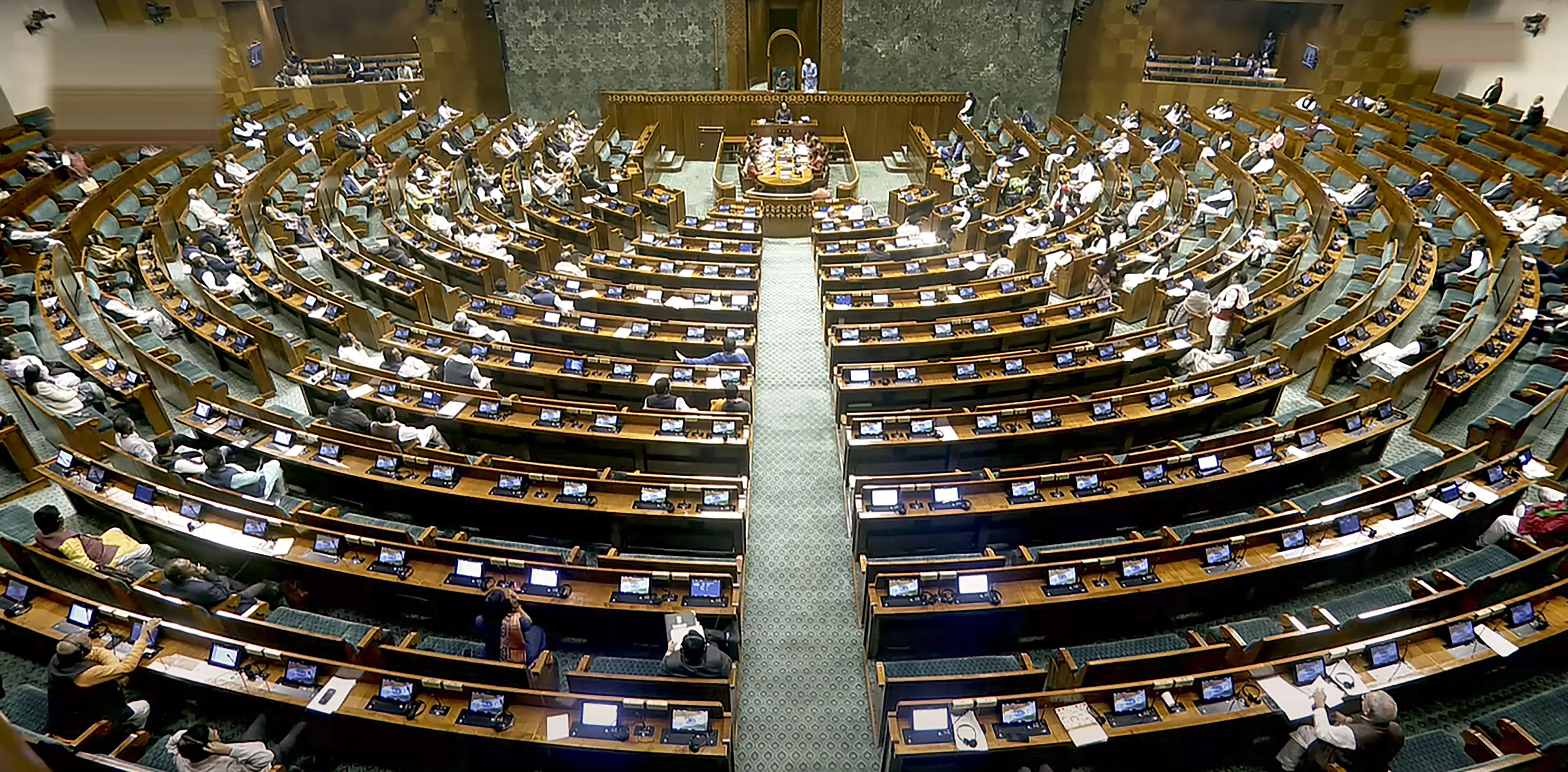AA Edit | Is ‘One Election’ reform a bridge too far for India?

The leading question on the introduction of the much-vaunted electoral reform titled “One Nation, One Election” is whether the largest and most diverse electorate in the world needs it or not. The concept of conducting simultaneous elections for both Lok Sabha and Legislative Assemblies across India may save costs, improve efficiency and boost voter turnout.
The implementation, however, faces significant constitutional and logistical challenges. The question again arises whether they should be tackled at a time when the Indian polity is fractured along partisan lines. The pros and cons have been debated at length even before the Cabinet of Narendra Modi’s NDA-BJP government approved the bills to be introduced in the Winter Session of Parliament.
Nearly five decades have gone by since the practice was disrupted for reasons like defections and dissolution of governments at a time of much political churning. The biggest drawback of not holding simultaneous polls is that there are frequent elections in one part of the country or the other which is seen to be adversely affecting the economy, development and the power of governments to take policy decisions to the very end of their terms.
True, the government is keen to hold the widest consultations of most stakeholders, beginning with sending the proposed bills through a parliamentary committee and putting the idea across to the Speakers of Assemblies of states and Union Territories. The stumbling block would, however, be a partisan division of opinions in the ruling alliance and the main opposing alliance, including the many powerful regional parties which are partners.
The biggest objection comes from the premise that a single poll schedule to the Parliament and state Assemblies might be advantageous to the present dispensation as history points to people voting uniformly in unitary polls. Of course, that might not apply to a diverse nation like India with its geographical, cultural, linguistic and political stretch.
Does the idea vitiate the federal structure of India, as many leaders of the Opposition parties fear? That question has elicited different answers too. They are probably less bothered by the political minefield the ruling alliance may have to go through in amending Articles of the Constitution than the motivation for such a sweeping electoral reform which might not even save much money considering the initial expansion costs and logistics of EVMs and VVPAT machines for such a massive exercise.
Currently, only four states hold Parliament and Assembly elections together, which just goes to show the enormity of bringing all 28 states and eight UTs in conformity with the unitary poll schedule. Political parties will save money in fighting elections, but it is doubtful if that is the motivation for the intended reform. The fear of regional issues being subsumed in national issues cannot be denied and a class of voters who are used to bargaining for freebies at each election would feel denied in this blending of issues in a single poll schedule.
It is not as if this is being done in a tearing hurry even if it is suspected that the motive may be political domination rather than tending to a compulsory reform. If the 2029 general elections are to be the first of a new cycle of five-year polls, the principle must be applied now. If before attempting the reform all available data are studied and feedback taken from all stakeholders, including the general voters, it would at least be giving the country a fair chance to assess whether this poll reform is needed at all.

